Maalavidaa, a digital platform that represents the creator, Alycia Rainaud, a French graphic designer and digital artist based in Montréal, Canada, shares works that combine the force of color with a strong connection to nature. Her digital creations stand out as a source of inspiration in a world where creativity has no boundaries. The artist, who started exploring the world of color healing in 2016, has enthralled audiences with her eye-catching use of neon colors and floral themes, enhancing the idea of well-being via art.
The Beyond Unique Artistic Perspective of Alycia Reinaud of Malaavidaa
Meditation, color therapy, and Jungian therapy are the sources of inspiration for Alycia’s intensely saturated abstract style. In order to improve emotional intelligence and mental health sensitivity, her work attempts to investigate the complexity of emotions via creative introspection.
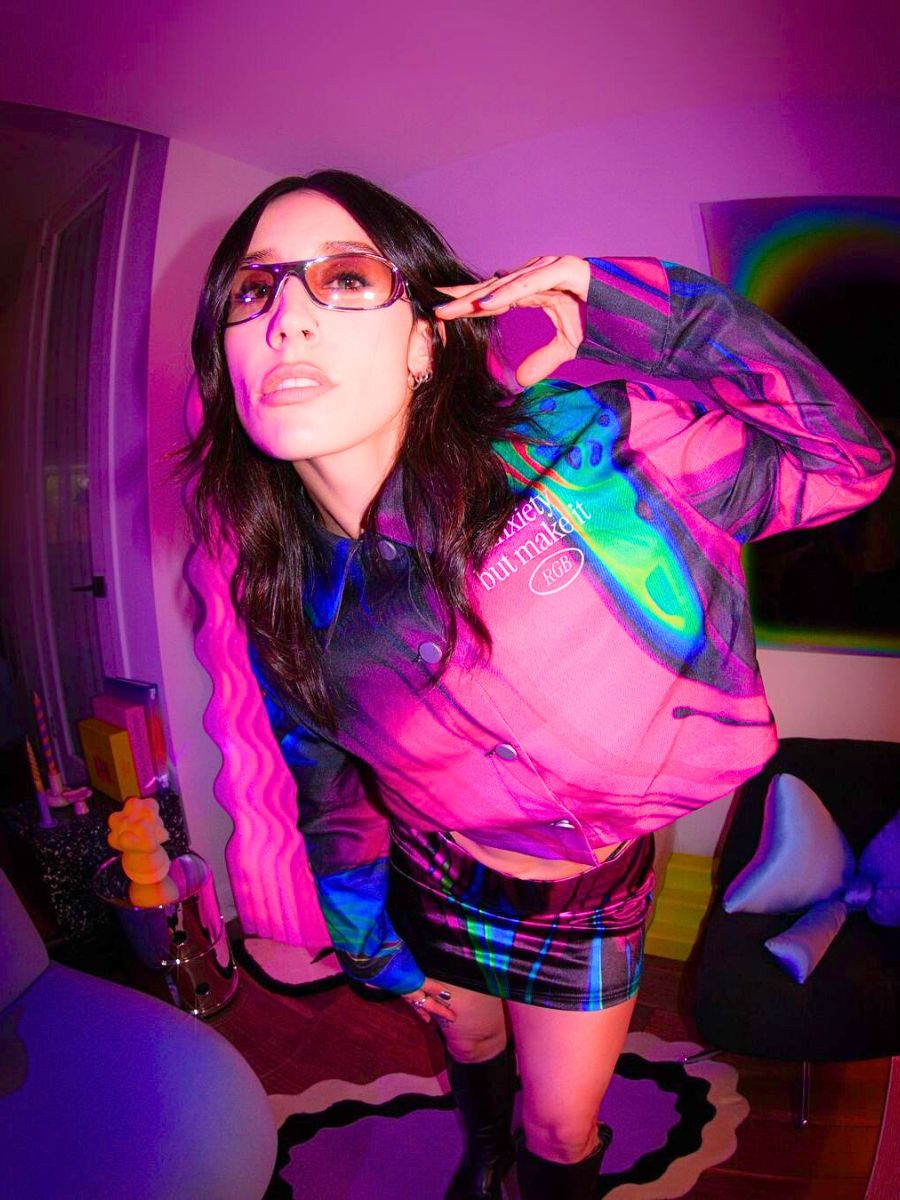
Alycia Reinaud aka ‘Maalavidaa’
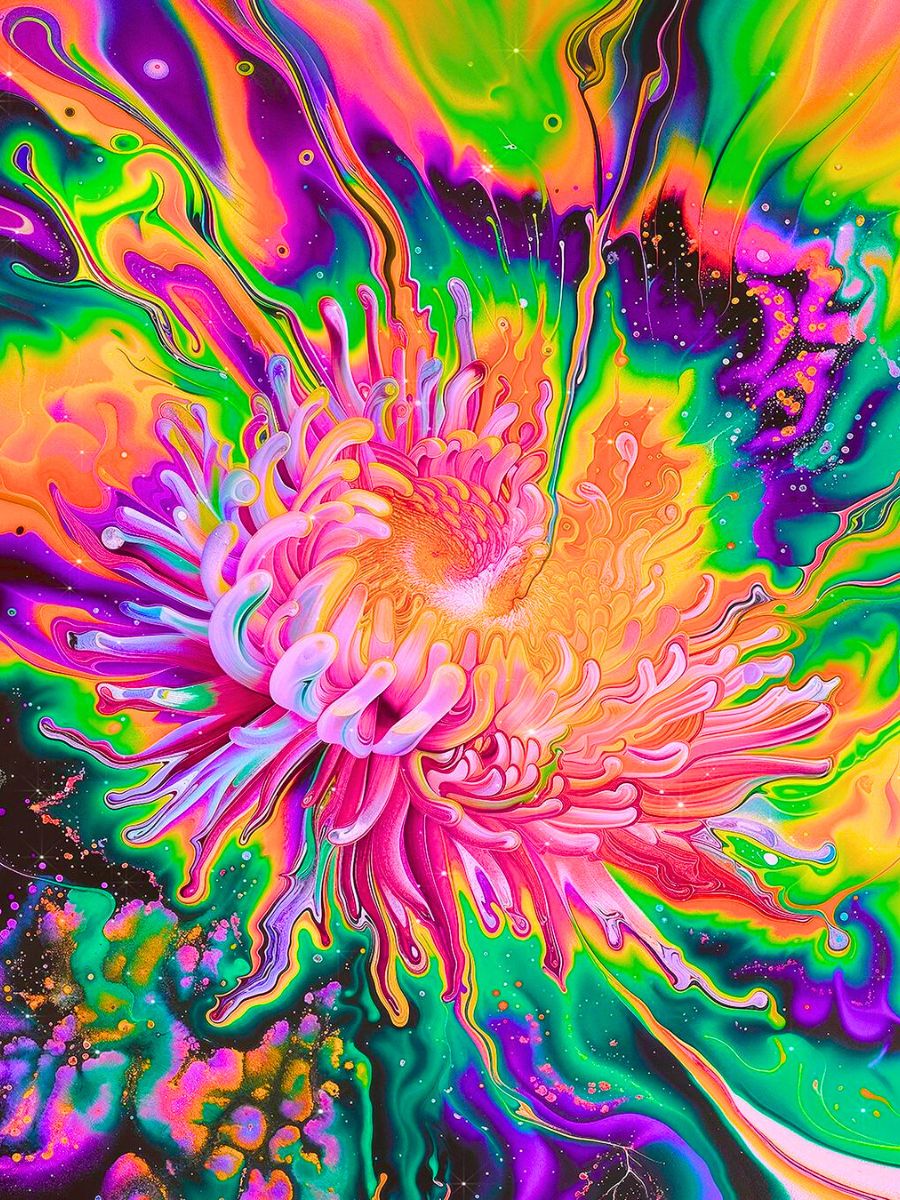
Details of a flower in neon colors
After graduating in June 2018 with a Master’s degree in Graphic Design and a thesis addressing the significance of psychology in design, she founded Maalavidaa in 2016 as a persona and an artistic attitude. Alycia, who describes herself as a designer of emotions, has been working as an independent creative director ever since, primarily emphasizing mental health and wellness in her work.
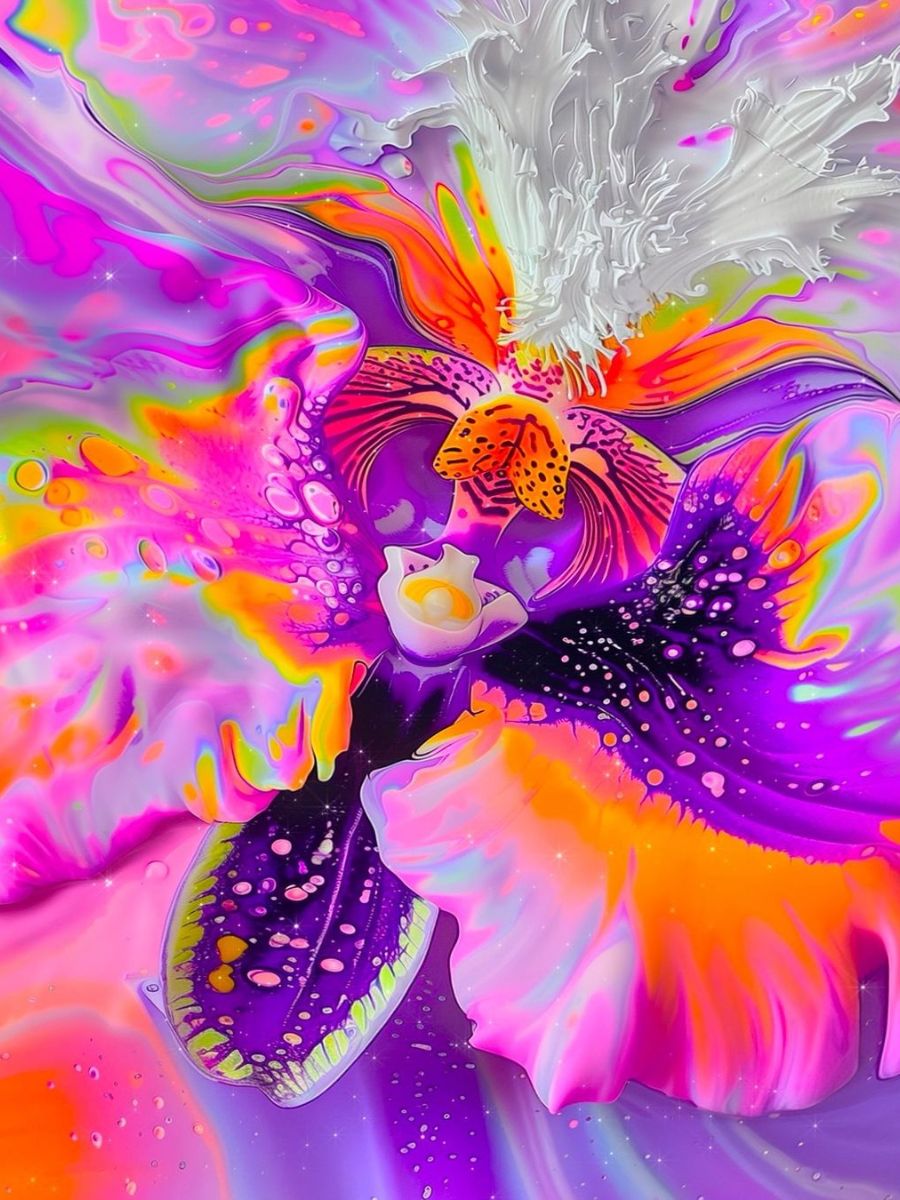
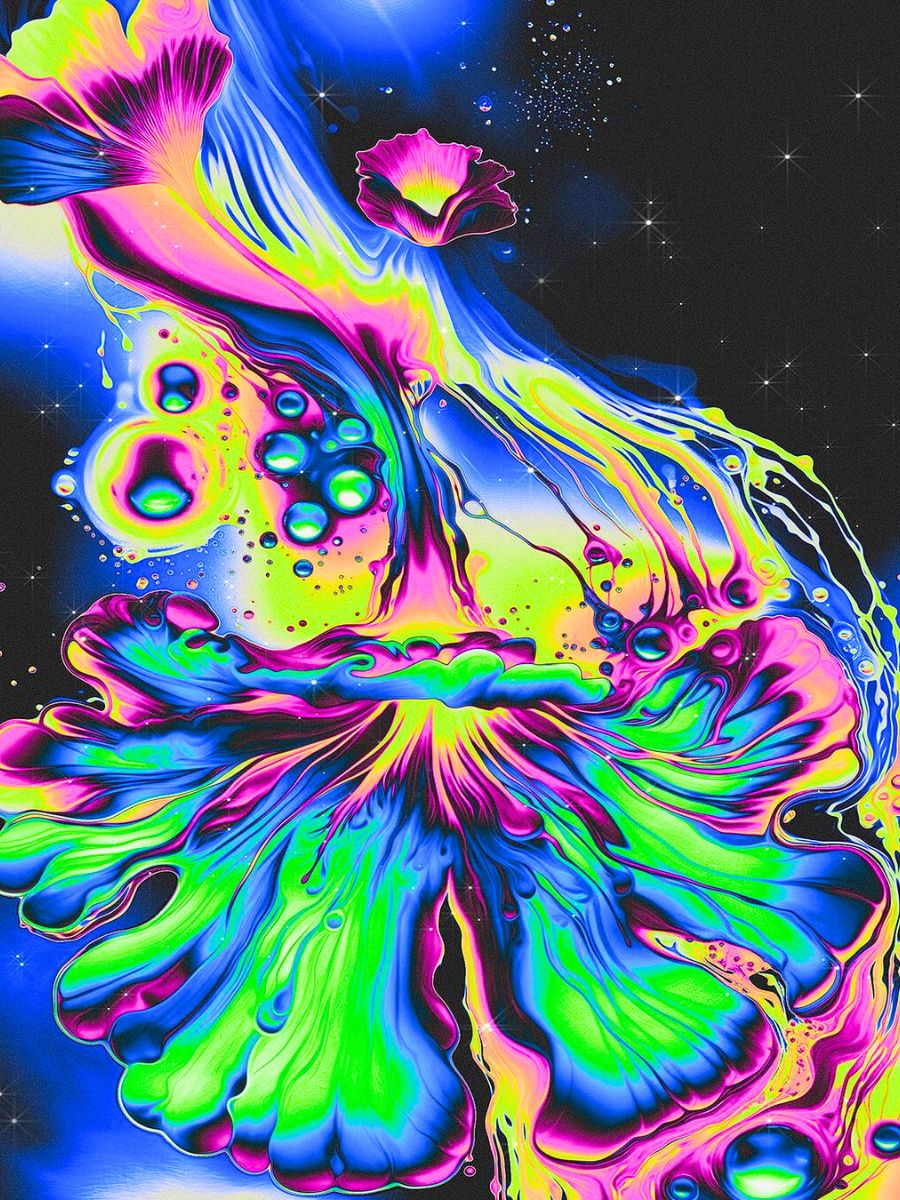
With this aim as a work thread, she founded Heal The Deal, Web3’s first emotional support club, a safe space driven by creativity and empathy, as well as a gateway to a new path in Alycia’s visual journey.
The Concept of Color Healing by Malaavidaa
Color healing, or chromotherapy, is based on the idea that colors can significantly impact mood and emotions. Since its inception, Maalavidaa has explored how bright colors, particularly neon shades, can enhance mental health and create an uplifting atmosphere. The founder’s work aims to encourage a sense of joy and motivation through color, suggesting that exposure to specific color shades can positively affect one’s emotional state.
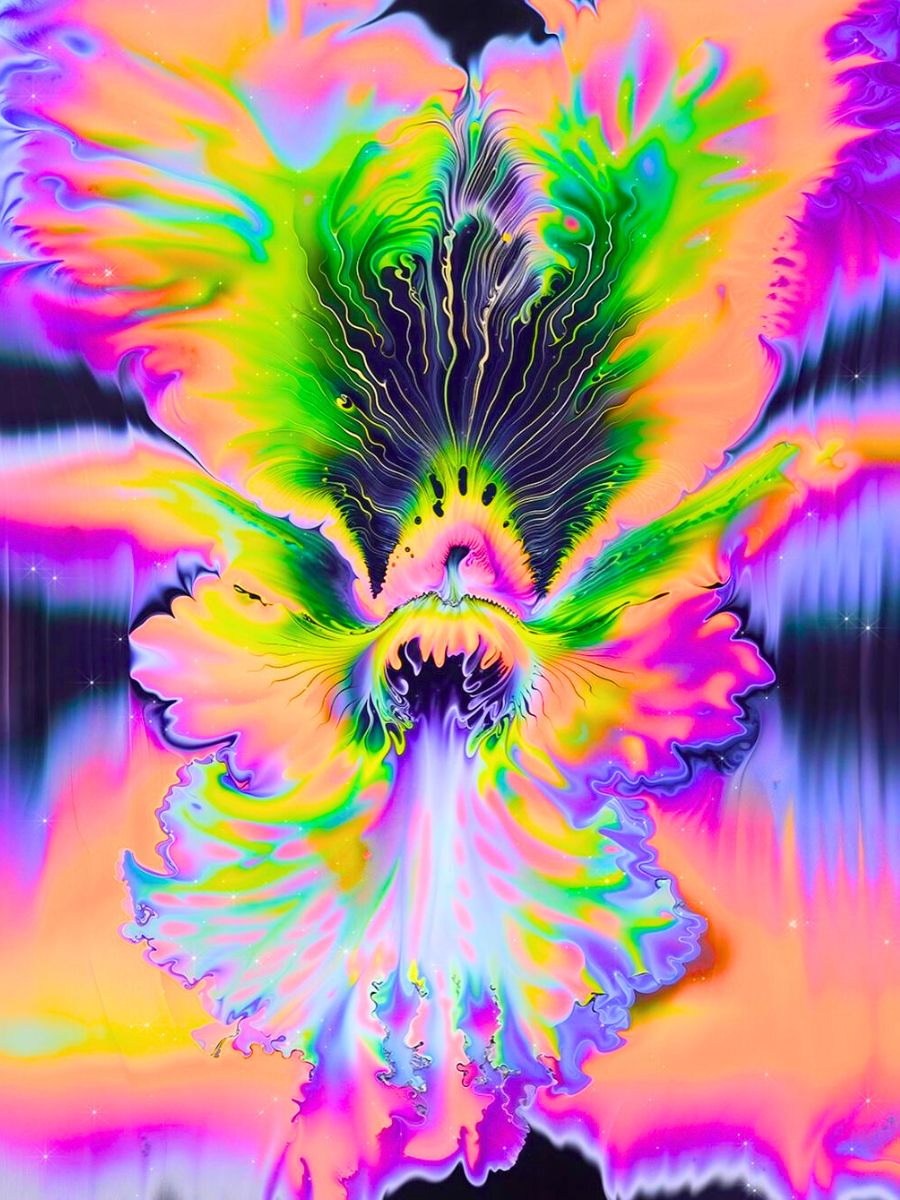
Some of the benefits of looking at the neon and bright colors, suggested by psychology are:
- Enhancement of alertness and energy. Bright neon colors, like electric blues and intense pinks, are visually stimulating. They activate the brain’s attentional networks, increasing alertness and energy levels. This reaction can be beneficial in lifting a person’s mood or helping them feel more awake and focused.
- Mood elevation through dopamine release. Bold, intense colors often trigger the brain’s reward system, encouraging the release of dopamine, the ‘feel-good’ neurotransmitter. Exposure to these colors can bring forward positive emotions, helping counteract feelings of sadness or monotony.
- Associative memory and positive links. Neon colors are often associated with fun, nightlife, and dynamic urban spaces, evoking feelings of excitement. When used in digital art, these colors can tap into these associations, creating a backdrop that feels lively, playful, and uplifting.
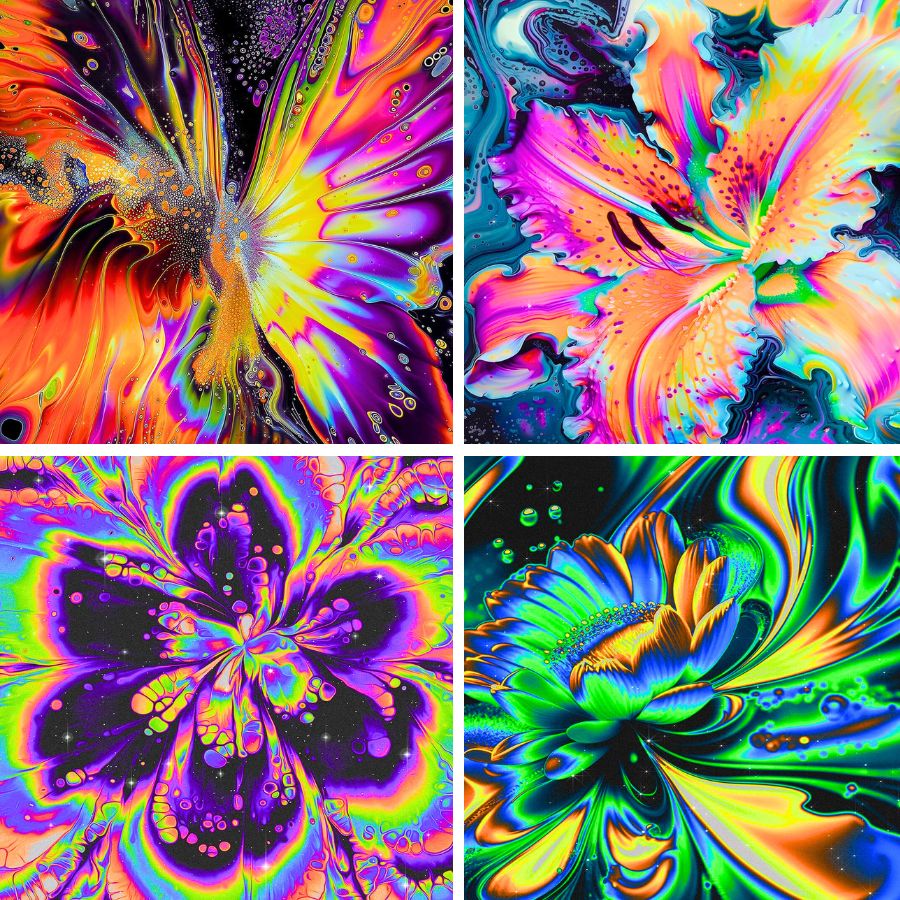
Neon Colors and Floral Inspiration
The use of neon colors is a defining feature of Alycia’s creations. Drawing inspiration from the natural world, particularly flowers, the founder incorporates floral elements into some of her designs, transforming them into modern patterns and compositions. Each piece reflects our nature while emphasizing the energetic qualities of neon colors. This combination allows for a new interpretation of floral art, where the colors invigorate the viewer’s experience.
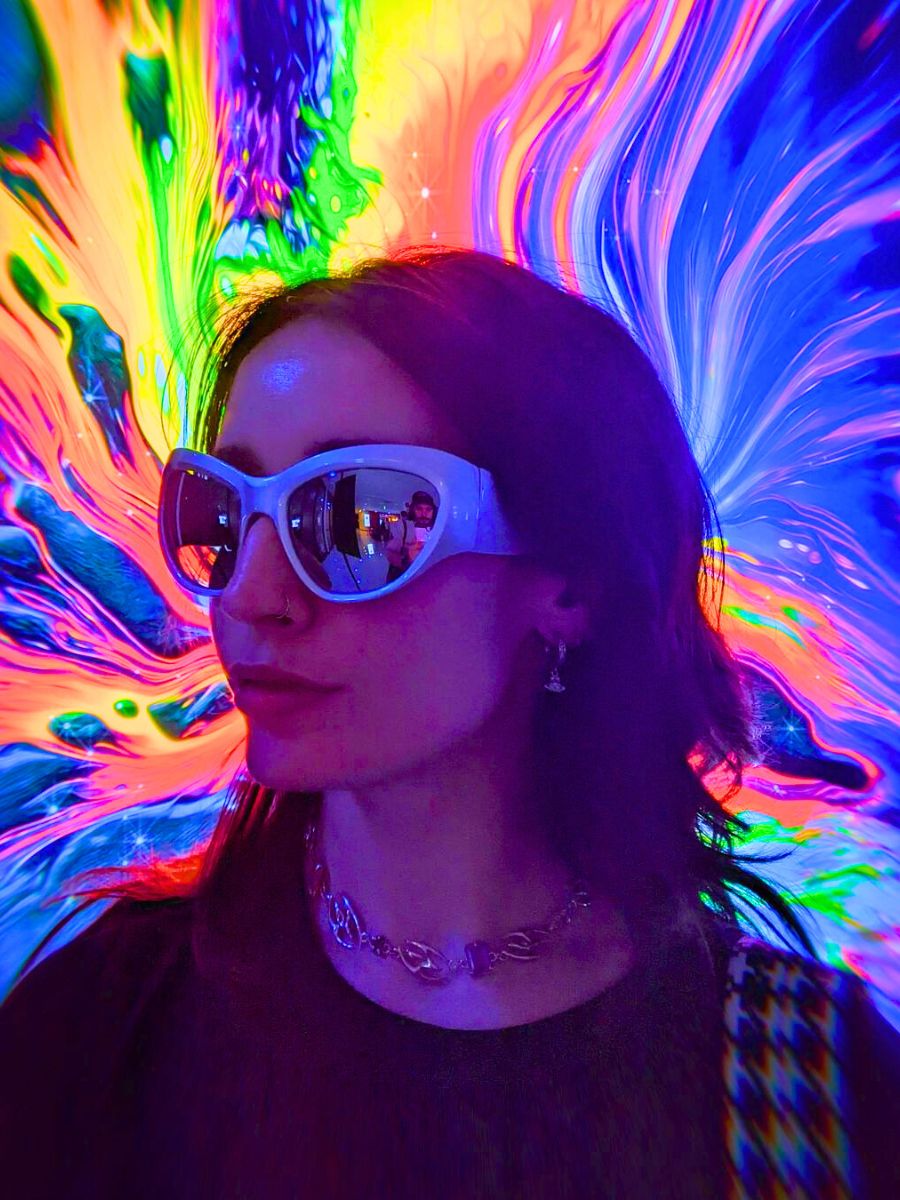
Alycia Reinaud against a background of her own work
The production of Maalavidaa’s digital artwork involves advanced techniques and tools, which allow the founder to create dynamic designs. By experimenting with various floral forms and neon colors, she produces pieces that serve as decorative elements and contribute to wellness. Each artwork aims to create a positive and colorful mind environment that resonates with positivity and inspiration.
Her approach highlights the relationship between visual art and emotional health. The founder asserts that art should serve both aesthetic and therapeutic purposes. By integrating neon colors and floral designs, she encourages viewers to reflect on their emotional responses and the influence of color on their moods. This philosophy aligns with a growing interest in how art that involves nature can support mental well-being in contemporary society.





